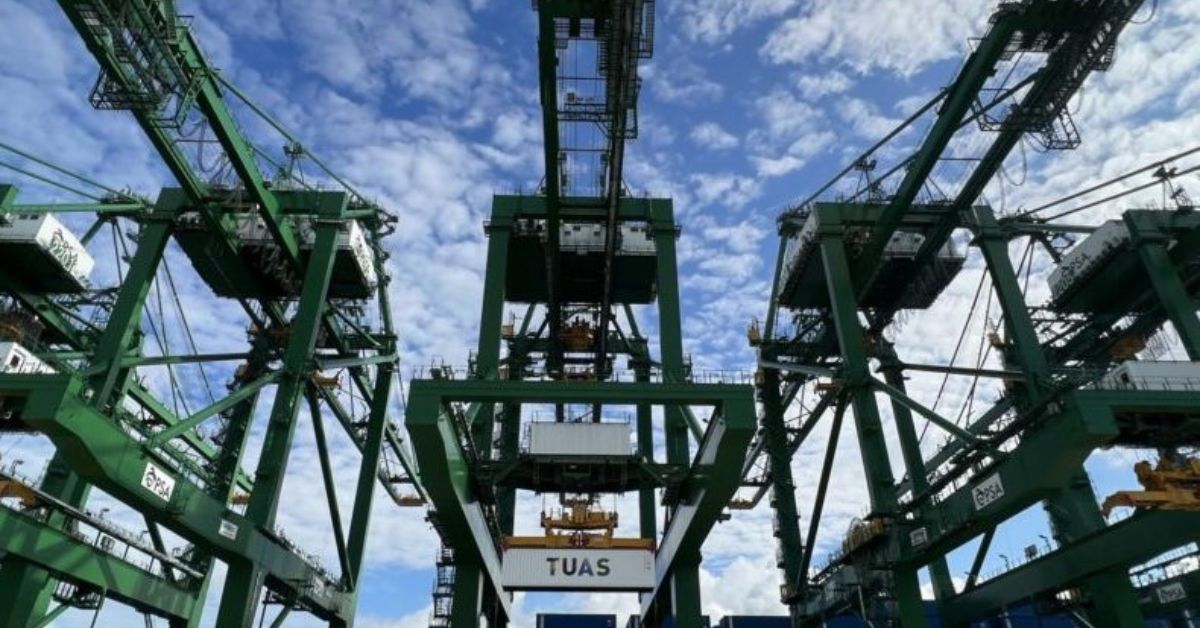Singtel and Ericsson have established a cooperation to provide 5G advanced connectivity solutions at Singapore’s Tuas Port. This is in line with PSA Singapore’s (PSA) aspirations to develop the world’s largest completely automated port by the 2040s to address the constantly increasing demand for global transhipment. Existing automated vehicles deployed at the port, such as Automated Guided Vehicles (AGVs), will be upgraded to 5G to improve real-time shipment tracking and streamline crane operations, allowing for smooth cargo transit from berth to ship and vice versa.
To support these advancements, Singtel will activate a network slice from its 5G network to provide the dedicated resources, such as fast speeds, high bandwidth, and low latency, required for mission-critical applications to operate continuously. To reduce the danger of data breaches and unauthorized access, the corporation will also construct secure private networks suited to the port’s specific security requirements.
According to Ericsson, 5G will enable PSA to achieve an annual handling capacity of 65 million TEUs, nearly double the current demand, once Tuas Port is fully operational. PSA will also investigate 5G applications over the next three years, such as predictive maintenance, which uses drone-based surveillance and extended reality applications to detect potential issues early and prevent equipment failure, thereby improving efficiency and lowering costs.
The PSA’s driverless AGVs will reportedly be able to transport containers independently beginning in 2025, thanks to Singtel’s 5G network slicing capabilities, hence optimizing yard operations and lowering labor expenses.
The ultra-reliable and low-latency connectivity allows operators to precisely handle heavy goods from a safe distance, employing the fastest-responding remote-controlled cranes. PSA will also be able to better interpret real-time shipment tracking data, allowing berth planners to optimize scheduling and traffic flow for increased operational efficiency, even during peak congestion periods.








